Vietnam’s rice export prices soared to a historic peak amid a global price fever, and the domestic market also “climbed the peak”. When prices plummeted to rock bottom, rice in Hanoi markets only dropped by a small amount of VND1,000/kg.
From mid-2023, Vietnam's rice export prices increased sharply and peaked at 663 USD/ton in mid-November, as this food item experienced a fever globally.
In 2024, rice prices cooled down but remained high. From mid-August 2024 until now, the export price of 5% broken rice of our country has entered a sharp decline cycle.
In particular, with the downward trend in recent days, rice export prices have broken through the bottom of 2023-2024.
According to data from the Vietnam Food Association, the export price of 5% broken rice continued to decrease on February 19, to 394 USD/ton; the price of 25% broken rice also decreased to 369 USD/ton.
In the domestic market, the sharp increase in rice prices in the second half of 2023 pushed rice prices to the peak and remained high throughout 2024. Notably, when the export rice price moved away from the peak, even broke through the bottom and the price of regular rice in the field decreased from nearly 9,000 VND/kg to 5,371 VND/kg, the rice price in the domestic market only decreased slightly.
At Hanoi market, at the beginning of 2023, the price of Bac Huong rice, Hai Hau rice, Dien Bien rice, Thai Do rice, Kien Xanh rice... fluctuated from 15,000-17,000 VND/kg depending on the type.
But in the price fever, these items immediately skyrocketed to 20,000-22,000 VND/kg. The reason given by traders was due to "increasing according to rice prices. Rice prices are feverish globally". This price level was then maintained throughout 2024.
Even on the occasion of the recent Lunar New Year, the price of rice increased by 500 VND/kg depending on the type. The reason is because storm No. 3 Yagi caused heavy damage to rice areas in many northern provinces and cities, and the output decreased significantly.
"Retail prices of rice have decreased," Ms. Chu Thi Tuyen - owner of a country rice shop in Dong Ngac (Bac Tu Liem, Hanoi) - told VietNamNet reporter. However, in the past week, most types of rice have only decreased by 1,000 VND/kg.
After slight adjustments, at Ms. Tuyen's store, Bac Huong rice and Hai Hau eight are priced at 19,000 VND/kg; Dien Bien eight, Kien Xanh and Thai Do eight are all priced at 20,000 VND/kg. The prices of some types of rice such as Seng Cu round grain and ST organic rice remain the same, at 23,000 VND/kg and 38,000 VND/kg, respectively. This price is applied to products packaged in 10kg bags.
Mr. Ngo Van Soan, who sells rice in Dai Kim (Hoang Mai, Hanoi), admitted that the prices of rice varieties have decreased but not significantly. Accordingly, Bac Huong rice is still priced at 23,000 VND/kg, Hoa Sua rice is priced at 22,000 VND/kg, ST25 is priced at 38,000 VND/kg, Kim Son jasmine rice is priced at 27,000 VND/kg...

Intermediaries control prices?
Explaining the reason why rice prices increased rapidly following the fever but then decreased “dripping” in the context of plummeting export prices, Mr. Soan said that prices in the domestic market always have a lag. Not to mention, all production and transportation costs have increased, so the price of this item is also very difficult to decrease to the old level.
In addition, the rice supply for the Hanoi market and the northern provinces is mostly self-sufficient in the region. Therefore, world prices do not have much impact on rice prices at the market in Hanoi, Mr. Soan explained further.
A recent report by the Ministry of Agriculture and Rural Development also mentioned the supply of rice for export and domestic consumption. Accordingly, the output of exported rice is mainly concentrated in the provinces of the Mekong Delta, while other regions in our country are mostly for domestic consumption.
Meanwhile, agricultural expert Hoang Trong Thuy said that although rice exports have decreased, domestic rice prices have not decreased because intermediaries control prices. In addition, it usually takes 2-3 months for domestic rice prices to decrease following the export market.
“Previously, the price of specialty Seng Cu rice was only 36,000 VND/kg, now it has increased to 40,000 VND/kg and it is almost impossible to reduce it,” said Mr. Nguyen Xuan Hoa - a specialty rice dealer in Ha Dong (Hanoi).
According to him, rice is harvested seasonally, so when the season comes, he or other businesses have to spend a large amount of money to buy hundreds or thousands of tons of rice from farmers to store so that they have enough rice to sell for half a year or at least enough to sell until the next harvest. They even have to pay farmers in advance when the rice first starts to grow.
For example, rice sold at the present time is milled from rice purchased in September-October last year. At that time, rice prices were still high, so the selling price of finished rice was also calculated based on the input material prices.
Furthermore, related costs such as transportation, storage, and labor have all increased, making it difficult for rice prices in the domestic market to decrease quickly. The loss rate during storage is also a factor that forces many stores to maintain prices, Mr. Hoa said.
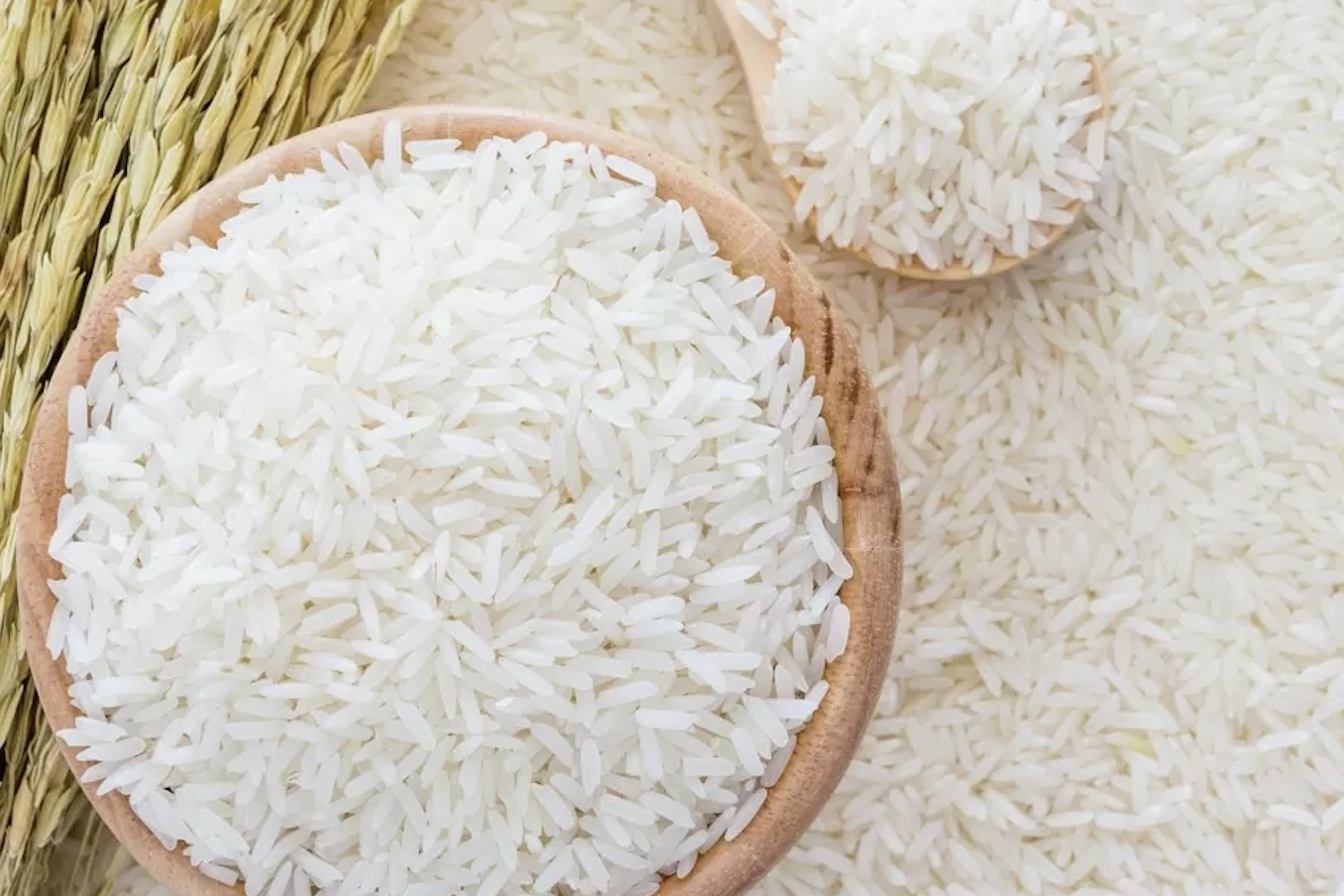
Source: https://vietnamnet.vn/gia-gao-xuat-khau-thung-day-sao-gao-o-cho-van-dung-im-2373396.html





![[Photo] Prime Minister Pham Minh Chinh chairs conference on anti-smuggling, trade fraud, and counterfeit goods](https://vphoto.vietnam.vn/thumb/1200x675/vietnam/resource/IMAGE/2025/5/14/6cd67667e99e4248b7d4f587fd21e37c)





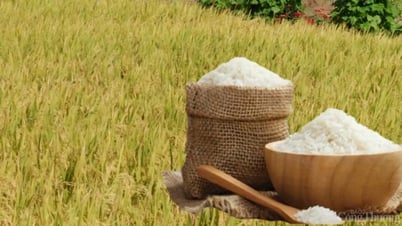








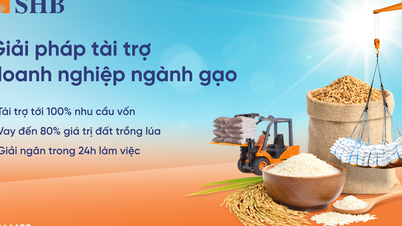








































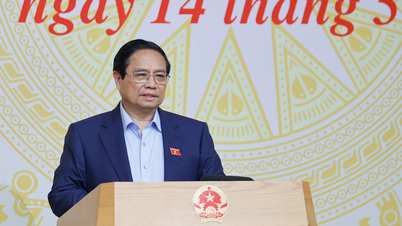


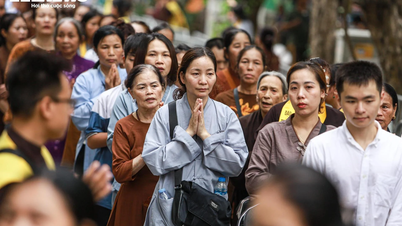









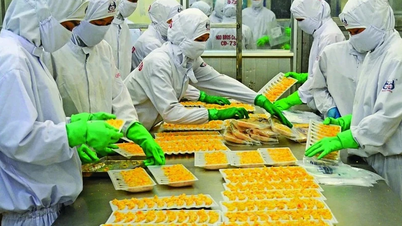














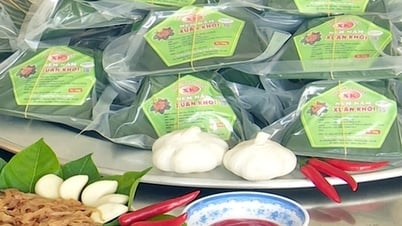






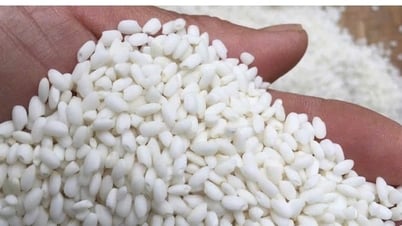
Comment (0)